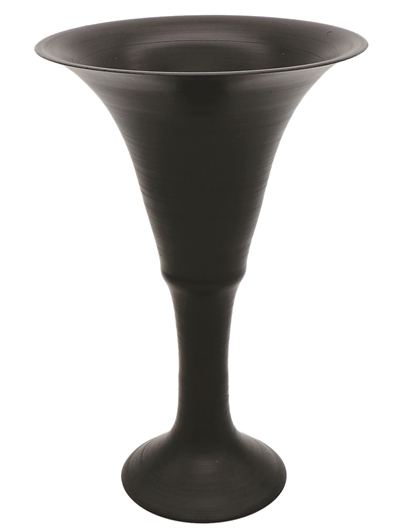Revival of traditional black pottery making techniques in China's Jiangxi
From:People's Daily OnlineAuthor: 2024-10-11 09:41

Photo shows the Jing Kiln, built by Wu Yingfang and his father, in Jing'an county, east China's Jiangxi Province. (Photo courtesy of the interviewee)
Upon entering the ceramic exhibition hall of the Jing Kiln in Jing'an county, east China's Jiangxi Province, visitors are instantly transported back in time to an array of delicate black pottery artworks made with traditional techniques.
At the heart of this revival is Wu Yingfang, a local craftsman who's breathing new life into the traditional black pottery making techniques.
In 2014, Wu accomplished the seemingly impossible: he successfully recreated an ancient eggshell black pottery goblet, which is black inside and out and is as thin as an eggshell. It is only 0.2 millimeters at the thinnest point of its body. The discovery of an ancient eggshell black pottery goblet dating back to about 4,500 years ago in Gaohu town of Jing'an in 2011 was what inspired him to recreate it.

Photo shows an eggshell black pottery goblet made by Wu Yingfang. (Photo courtesy of the interviewee)
Wu's journey to revive the lost art of making such a handicraft has been anything but easy. Born into a family of potters, Wu mastered porcelain making techniques after learning from his father and kilns in various places.
The road to his success was paved with countless challenges. While making pottery as thin as an eggshell pushed the limits of pottery techniques, the pottery firing process proved to be the biggest hurdle, requiring Wu to master the precise control of temperature over a grueling 60-hour process.
Avoiding modern chemical materials, Wu opted for local, natural clay to create his black pottery. His dedication paid off in 2014 when he successfully recreated the eggshell black pottery goblet using traditional techniques, earning recognition from archaeological experts. As a result, the Jing Kiln was recognized as a black pottery research base by the Jiangxi Provincial Institute of Cultural Relics and Archaeology.

Photo shows a porcelain work made by Wu Yingfang. (Photo courtesy of the interviewee)
Wu's achievements extend beyond mere replication. He's improved techniques by increasing firing temperatures to create a glossy, porcelain-like finish without glaze. He's also streamlined the production process for black-glazed porcelain, ensuring higher success rates.
In 2017, Wu was recognized as a representative inheritor of the Jing'an black pottery making technique, a provincial-level intangible cultural heritage (ICH). In recent years, he has garnered numerous accolades, including the titles of "national role model worker" and "national technical expert."
With strong support from the local government, Wu has expanded the Jing Kiln and promoted the construction of a demonstration base and the research and inheritance of black pottery culture. Wu's two sons have followed in their father's footsteps to pass on the traditional craft.

Wu Yingfang (R) instructs his son on a pottery work. (Photo courtesy of the interviewee)
To improve the inheritance of ICHs, he was instrumental in setting five provincial standards, including one on traditional black pottery. He also opened an ICH exhibition hall and a black pottery experience room, integrating research, inheritance and experience of the traditional black pottery techniques and attracting enthusiasts from both at home and abroad.
To better carry forward black pottery culture, Wu's conducted over 30 ICH promotional events in schools and rural areas, hoping to inspire a new generation to appreciate and preserve this ancient art form.
Edit:孙俪洋
The copyright of the article and the picture belongs to the original author. If there is any infringement, please contact to delete it